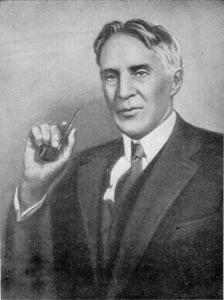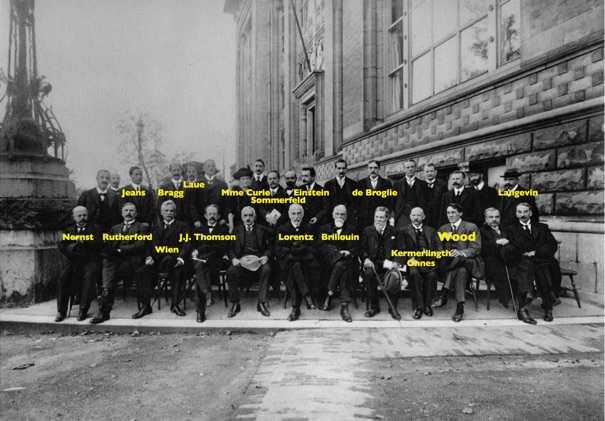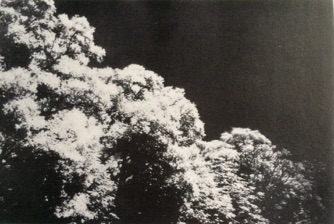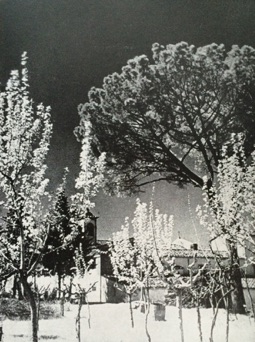Atelier Bonryu(E)
infrared photography


Atelier Bonryu(E)
infrared photography







Laboratory: Infrared Photography
Remark #2 Robert William Wood


Robert William Wood (1868 - 1955) was an American Physicist who produced a lot of brilliant achievements in the field of Physical Optics. In the early 20 century he solved many problems concerning the atomic physics. He was also a pioneer of the invisible light photography, i.e., the infrared photography and the ultraviolet photography. He worked as the president of the American Physical Society in 1935.

Figure R2-1 Robert William Wood (1868 - 1955)
Wood was not only a scientific genius but also a cheerful American physicist who was carrying a practical joke, sometimes, too far as if he was Tom Sawyer or Huckleberry Finn. From the aspect of scientific research he was a person who had an intense curiosity always and pried into every problem of science and technology. This is described from top to tail in the biography of Wood by Seabrook (William Seabrook, Dr. Wood ---Modern Wizard of the Laboratory--- (Harcourt, Brace and Company, N.Y., 1941)).
Wood was interested in various scientific and technological problems, for example, the sound wave photography, the features of ultraviolet radiation, the color photography, the molecular physics, the high precision diffraction gratings, the fluorescence, the forensic science, and so on, and in these fields he produced many excellent results. Among them, he took photographs by using a zone plate which had been invented at the end of the 19 century, he took infrared photographs for the first time and left his name in the “Wood’s effect”, he also invented the “Wood glass” transparent to ultraviolet light and opaque to visible light which is used for the ultraviolet photography, and he invented the pinhole mirror which can be favorably used to photograph a large, bright, and rapid-moving celestial object, such as the sun. The themes described in this web site are all related closely to those developed by Wood. As for the optics which was the main field of his research he published the first version of “Physical Optics” in 1905, which was revised twice afterward. This great book was reprinted after his death by the American Optics Society. He took a lot of infrared photographs. Figure R2-2, R2-3 are two examples among them.
As described up to now Wood left monuments in scientific field but other achievements he left also should not be forgotten. He was famous among general public as “a researcher who debunk the N-ray” in 1904. Actually he ended the confusion on the N-ray occurred in the dawning of the new age of the the physics by the skill of a man like “Wizard of the Laboratory”. Moreover, he also published several non-scientific books, such as scientific fictions, which are available even now.
Figure R2-4 shows the ceremonial photograph of attendance of the second Solvay Conference on Physics (1905) and the third people from the right is Wood. The Solvay Conference is the conference where only selected scientists attended and the important problems of the time were discussed. The theme of the second Conference was “the structure of matter”. In the photograph we see a lot of famous scientists who cut out the new age of the physical science.

Figure R2-4 Attendance of the second Solvay Conference
R.W.Wood (the third scientist from the right), and scientists who cut out the new age of the physical science. There are Mme Curie, Einstein, and so on.


Figure R2-2 An infrared photograph by R.W. Wood (1909) Wood’s effect and dark sky
(Physical Optics, 3rd Edition)
Figure R2-3 An infrared photograph by R.W. Wood (1911) Summer of Sicily landscape (Doctor Wood, by Seabrook)
